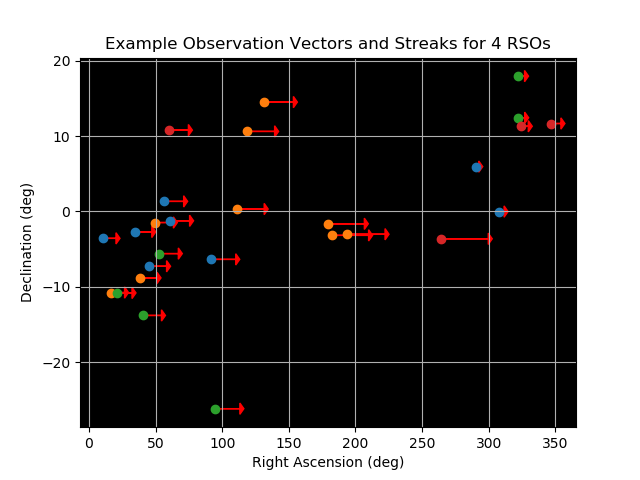Deep Learning Enabled Uncorrelated Space Observation Association
Uncorrelated optical space observation association represents a classic needle in a haystack problem. The objective being to find small groups of observations that are likely of the same resident space objects (RSOs) from amongst the much larger population of all uncorrelated observations. These observations being potentially widely disparate both temporally and with respect to the observing sensor position. By training on a large representative data set this paper shows that a deep learning enabled learned model with no encoded knowledge of physics or orbital mechanics can learn a model for identifying observations of common objects. When presented with balanced input sets of 50% matching observation pairs the learned model was able to correctly identify if the observation pairs were of the same RSO 83.1% of the time. The resulting learned model is then used in conjunction with a search algorithm on an unbalanced demonstration set of 1,000 disparate simulated uncorrelated observations and is shown to be able to successfully identify true three observation sets representing 111 out of 142 objects in the population. With most objects being identified in multiple three observation triplets. This is accomplished while only exploring 0.06% of the search space of 1.66e8 possible unique triplet combinations.
PDF Abstract
